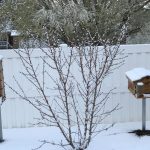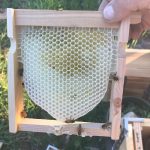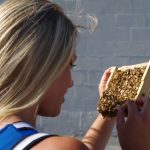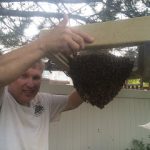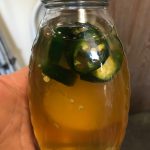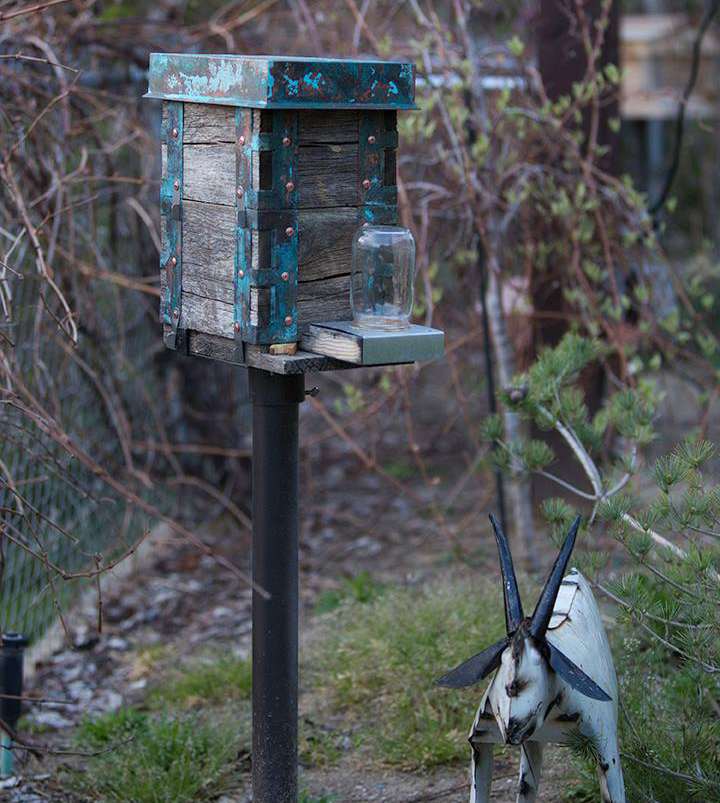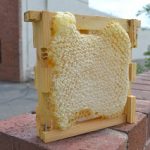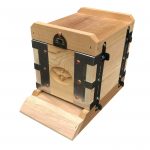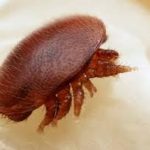In spring many beekeepers acquire a 3lb package of spring honey bees with a newly mated young queen. The zealous beekeeper is anxious to see growth, BUT please consider a few thoughts before the “let’s do this” hurts your colony. On the 5th of April 2019, we brought packages back to Utah from the OHB honey day in Northern California. These packages were turned over to beekeepers on Sunday the 6th and hived that day and up to a few days later. Understanding bee growth and their biological clock is vital this time of year. Once the bees are put […]
Continue readingAuthor Archives: ecoadmin
Relationship Between Bees, Bee Wax, and Expansion – 2019
“How do I get the bees to build in the comb box?” A few issues have to be addressed to answer this question. Getting bees to do anything requires understanding their health, location, seasonal challenges, nectar flow (artificial or natural), the relationship between bees and hive space, understanding of the bee and wax production, and their growth cycles. Each point will be addressed individually. Health – Bees are more likely to expand and utilize unused space within the hive when they are healthy. Expanding bees equals wax production, foraging, and storage. Varroa mites eat fats, and bee fats are similar to […]
Continue readingUntil First Failure vs Learning Experience to Learning Experience – 2019
As we currently see it there are two systems of beekeeping. The first, the traditional Langstroth deep, but you can add the top-bar and Warré to this, and the second, which is what will be taught here. The first system is a “to your first serious challenge” for many, it too often ends in failure and results in the beekeeper being sidelined until the following season. These beekeepers usually begin with a 3lb package and a mated queen. These packages are only available at the beginning of the season, then they are sold out until the next year. There are […]
Continue readingWhen Baiting Swarms Don’t Use a Screened Bottom Board – 2016
Albert Chubak was called to inspect a beehive in 2016 because bees appeared to be under the hive, rather than inside. A number of bait hives had been set up in the yard in hopes of capturing colonies swarming in the area. This colony moved in but missed the target, requiring beekeeping surgery to correct it. Before going into how the bees were relocated to their intended destination, here is a list of rules to follow when baiting swarms: Rule 1 – Do not have food stores in a bait hive, as this will induce robbing. A colony wanting a […]
Continue readingHoney has a Magical Property – 2019
Honey has a magical property that few know. Want to know what it is? Historically honey was used as was propolis in embalming in ancient Egypt. So what does that say? It aids in the removal of water from whatever it is with. From the time the nectar is secreted by the plant and collected by the bee, it takes on the flavor of what it is with. Once the honey has been artificially dehydrated by the honey bee honey wants to naturally rehydrate. Essentially honey is “nectar jerky”. LOL. Nectar does not just become honey by itself, it has […]
Continue readingThinking Out-of- the-Box in Beekeeping
Want to read an article in beekeeping that “pops the bubble” so to speak? Just think, the mini hives were not included in the list…probably a good thing! It seemed to be a prod not to disrupt-the-boat type of article. Thinking and invention are how new things come about and old ones are proven. The test isn’t always clear in beekeeping as many end goals can be desired, for example…for teaching instead of honey production, for queens, for smaller yards, for older or younger people, for beauty, just for FUN. Thank you, Peter Borst, for not mentioning us in this […]
Continue readingVintage Mini Urban Beehive MUB
A vintage beehive made by Eco Bee Box in Utah for Urban Beekeeping in backyard America.
Continue readingEco Bee Box Hives & Methods – 2017
Beehive methods and evolution by Eco Bee Box Beekeeping by Eco Bee Box the producer of the Mini Urban Beehive Publication can be found on EBay, Amazon, or EcoBeeBox.com It has been over 9 years since Eco Bee Box began. Imagine that! During that time the corner hardware was developed, then locking clips, entrance reducers and finally the metal replacement rabbets. Pretty cool so far huh? During this same time, the Mini Urban Beehive (MUB) was developed to teach new beekeepers, and how to raise local queens. This mini hive showed promise for taking tiny colonies through winter, and since […]
Continue readingSpring Inspections for Beekeepers – 2016
When can you inspect in spring? If the bees are flying, you can go into it. Temps over 50 are okay for peeking or pulling a frame. Full inspections should wait until it is above ’60s. The critical and immediate concern is overcrowding. Carnies will swarm faster than Italians. Clean off the bottom board if layered with dead bees. Scrape off burr and bridge comb, and excessive Propolis. Remove obstructions from all entrances. If your colony failed over the winter, try to assess why. Too many beekeepers take colonies into winter with not enough bees to fill a box. […]
Continue readingInformation About Varroa Destructor and Honey Bees – 2016
When a beekeeper dismisses Varroa mite inspections and control, the result will be kissing your bees goodbye. A few facts on Varroa Destructor. imported from Asia where Apis Cerana developed tactics to defend against them European honeybees have a difficulty fighting against these intrusive insects African(ized) honeybees have been successful defending their colonies from the Varroa. Varroa builds up tolerances against treatments, so varied treatments are a must. One product may be good this time, but ineffective next time. 2 treatments 8 days apart is needed, to kill or weaken the mites active in the hive, as well […]
Continue reading
